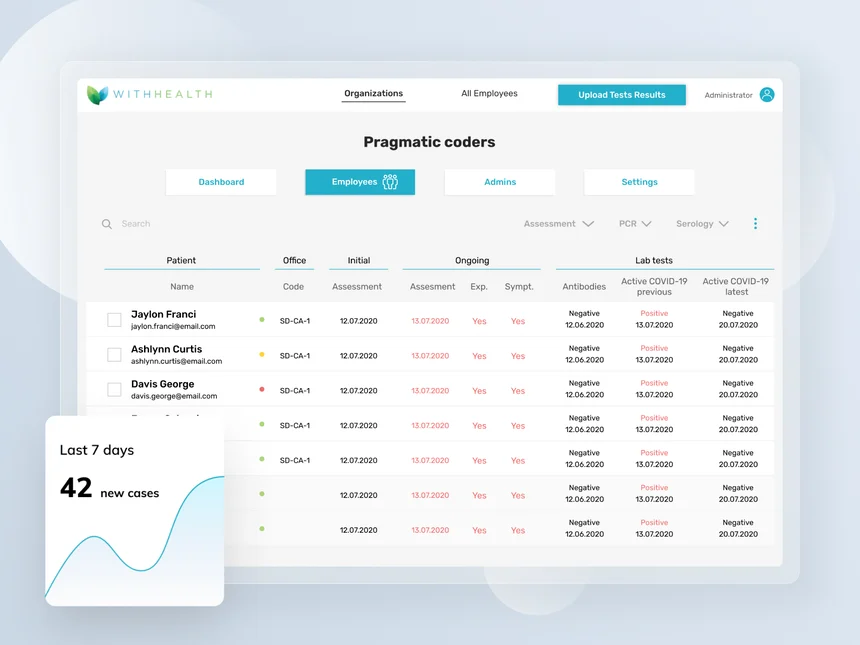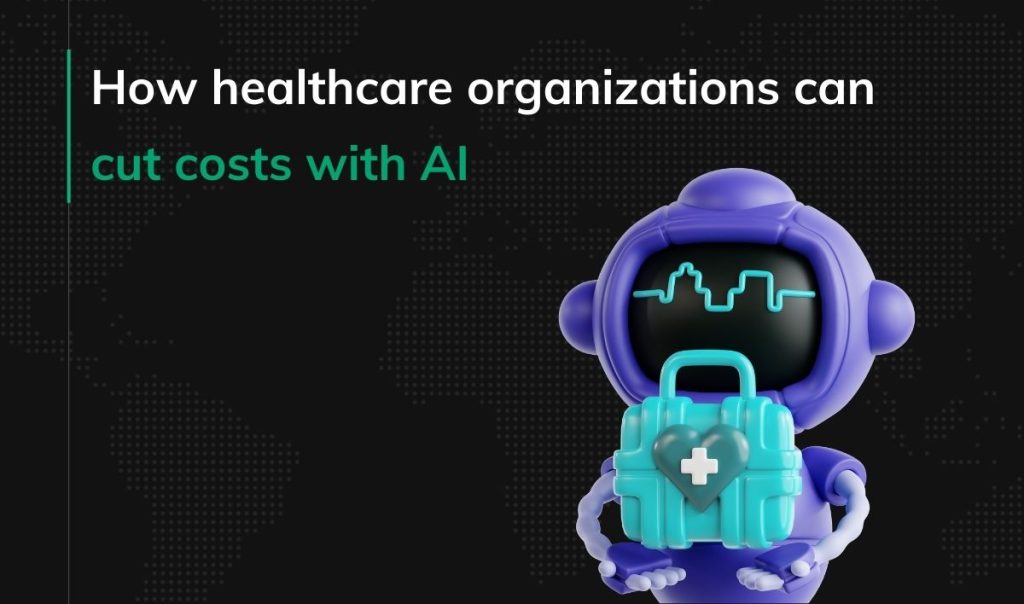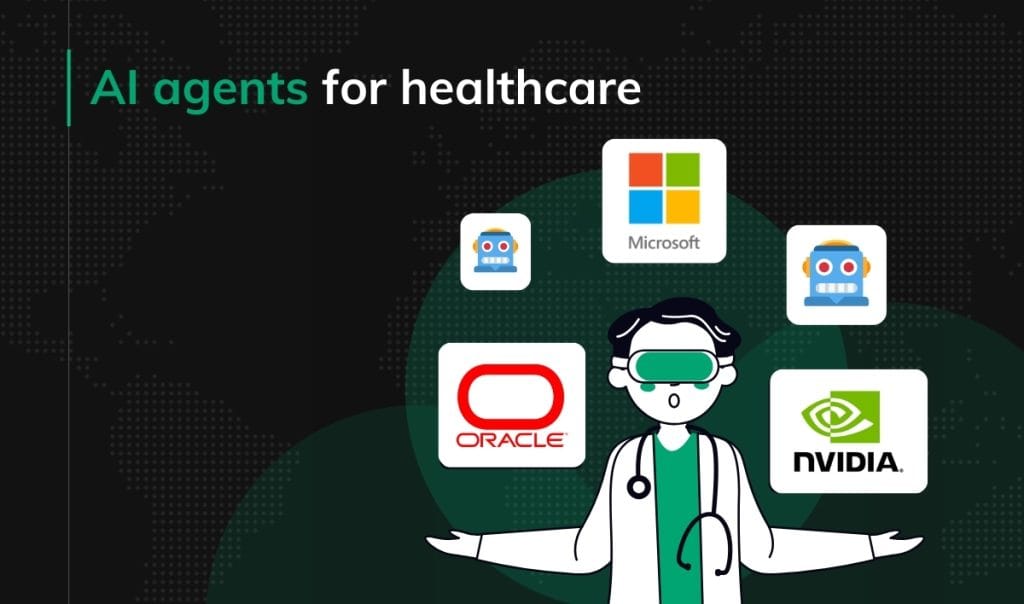Patient portal development
Step into the future of healthcare delivery with our patient portal solutions.
Top-level data security
Our patient portals are well-secured against cyberattacks. They are designed to meet the highest security standards and protect patient data with the newest solutions.
Cross-platform functionality
We make sure that our solutions are safe, reliable, and user-friendly through human factors engineering, usability testing, and UX research. Meeting user requirements is our priority.
User-centric design
We know what a modern, user-friendly portal should look like. Our UX team excels at designing an optimal user experience for patients, ensuring high customer retention.
Smooth integrations
We have experience in integrating patient portals with EHR systems and Telehealth solutions. Our integrations are seamless and adhere to the highest data security standards.
Launching a patient MedTech portal in 6 weeks:
Our efforts resulted in a platform that ensured the safety of WithHealth's clients' workforce during the COVID-19 pandemic.
Read the case study
Our digital health software development process
This is how we work
Deliver & Scale
- Product Development
- DevOps Architecture
- Continuous User Feedback & Delivery
Patient Portal Software FAQ
Everything you need to know about patient portal solutions before partnering with a patient portal software company.
What are patient portals?
Patient portals are secure online websites that give patients 24-hour access to their personal health information. This information may include:
- Medical records
- Appointment history
- Lab results
- Prescriptions
- Billing statements
Patients can also use patient portals to:
- Communicate with their doctors or other healthcare providers
- Schedule appointments
- Request prescription refills
How does a patient portal work?
To access a patient portal, patients typically need to create an account and provide their name, date of birth, and email address. They may also need to provide an identification number, such as a Social Security number or driver's license number.
Once patients have created an account, they can log in to the patient portal using their username and password. They can then view their personal health information and use the portal's features.
Could you provide me with examples of patient portals?
Certainly! One of the patient portals we've developed is called WithHealth. It offers precision care to enhance accessibility, affordability, proactivity, and personalization in healthcare.
You can learn more on their website or by reading our Case Study
What are the pros and cons of patient portals?
Pros:
- Patients can access their personal health information from anywhere with an internet connection.
- Patients can communicate with their doctors or other healthcare providers securely.
- Patients can schedule appointments and request prescription refills online.
- Patients can pay bills online.
- Patients can update their personal information online.
Cons:
- Some patients may not feel comfortable accessing their personal health information online.
- Some patients may not have an internet connection or a computer.
- Some patients may not be familiar with using computers or online services.
What are the common problems with patient portals?
- Technical problems, such as website outages or slow loading times.
- Difficulty accessing certain types of information, such as lab results or imaging studies.
- Difficulty communicating with doctors or other healthcare providers through the portal.
- Privacy concerns, such as the potential for unauthorized access to patient information.
What are the benefits of patient portals in healthcare?
- Improved patient engagement and satisfaction
- Reduced healthcare costs
- Improved patient outcomes
- Increased communication between patients and providers
- Increased efficiency of healthcare delivery
What are the patient portal requirements?
The specific requirements for a patient portal can vary depending on the healthcare provider and the software they use. However, here are some common features and requirements:
- Secure access to patient information
- Ability to view and manage personal health information
- Ability to communicate with healthcare providers
- Ability to schedule appointments and request prescription refills
- Ability to pay bills
- Ability to update personal information
How to set up a patient portal?
This is a very complex topic, and our consultants would be happy to discuss it in detail with you. However, the very short answer is:
- Choose a patient portal vendor (such as Pragmatic Coders).
- Configure the patient portal to meet your organization's needs.
- Train your staff on how to use the patient portal.
- Promote the patient portal to your patients.
Can you build a HIPAA-compliant patient portal?
Yes, we can! We have experience developing HIPAA-compliant digital healthcare products. Our patient portals are designed to meet the strict security and privacy requirements of HIPAA.
It’s truly been a partnership. Pragmatic Coders have an in-depth understanding of our client base and what services we provide, anticipating needs and addressing them by adding new features into our system. Their team makes sure that there is a shared understanding so that what they deliver meets my organization's and our clients’ expectations.

Our other healthcare software services
Medical Practice Management Software Development
Learn moreLet's talk
We’ve got answers on anything connected with software development.
Message us
Feel free to reach out using the form below, and we’ll get back to you as soon as possible.
Schedule a meeting
You can also schedule an online meeting with Wojciech, our Senior Business Consultant.

founders who contacted us wanted
to work with our team.
Check our digital health-related articles
Newsletter
You are just one click away from receiving our 1-min business newsletter. Get insights on product management, product design, Agile, fintech, digital health, and AI.






